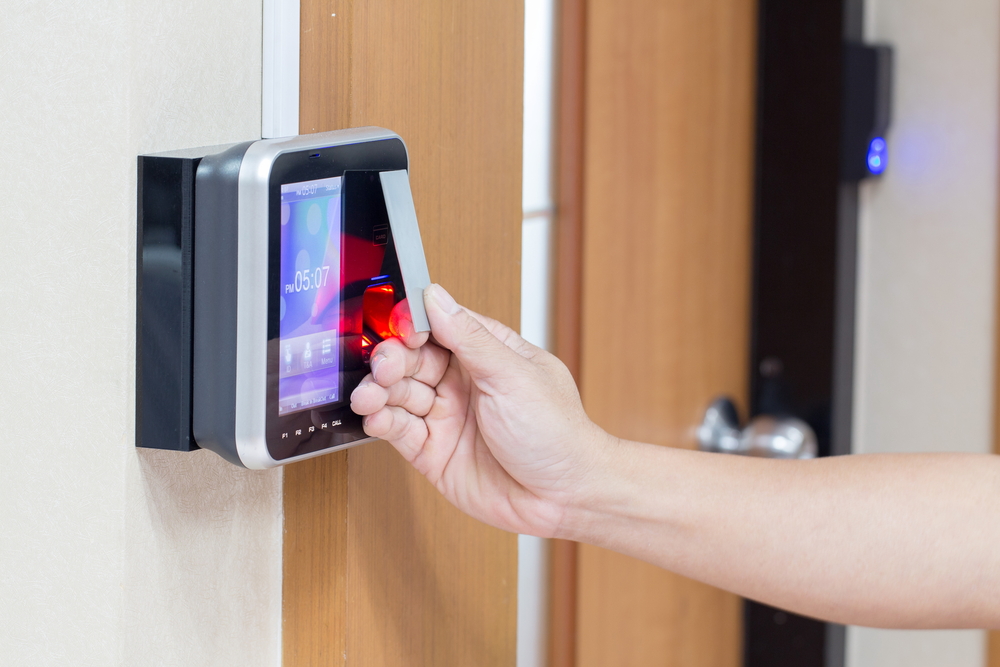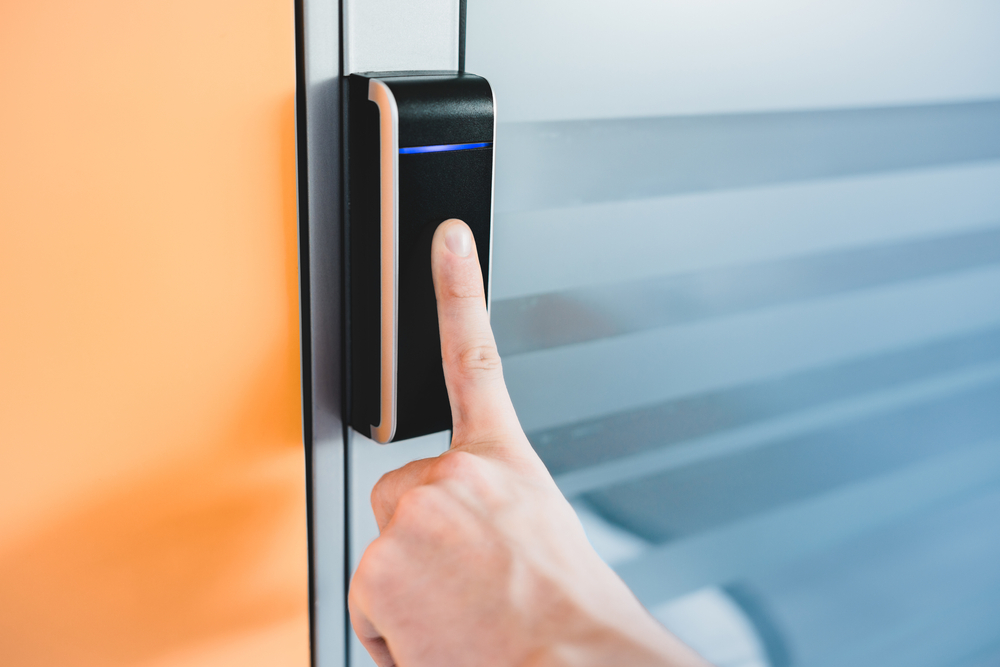Why does your SMB (small-medium business) need Physical Security?
Physical security is a critical component of a comprehensive cybersecurity strategy for businesses. It focuses on the protection of physical assets and facilities from various threats, such as unauthorized access, theft, vandalism, and natural disasters. Here’s a list of common services and products that are typically included in physical security for businesses in the context of cybersecurity planning.
Based on the services your business offers, you'll need at least some of the below physical security systems/processes to protect both your clients and your own best interests:
Access Control Systems:
- Card Readers: Require users to swipe or tap a card to gain access.
- Biometric Scanners: Use fingerprints, retina scans, or facial recognition to allowing
- Keypads: Require a numerical or alphanumerical code.
- Smart Locks: Allow entry based on smartphone or other digital credentials.



Surveillance Systems:
- CCTV Cameras: Monitor and record activities in and around the premises.
- Motion Sensors: Detect unauthorized movement.
- Video Management Software (VMS): Helps monitor, record, and analyze video footage.



Intrusion Detection Systems (IDS):
- Door and Window Sensors: Alert when they are opened unexpectedly.
- Glass Break Detectors: Detect the sound or vibration of broken glass.
- Alarm Systems: Produce a loud sound or send an alert to security personnel when a breach is detected.


Other Physical Security Measures:
- Security Guards and Patrols: Human monitoring and response for potential security breaches.
- Security Lighting: Deters intruders and allows surveillance systems to function effectively in low-light conditions.
- Visitor Management Systems: Track and manage guests, contractors, and other non-employees.
- Security Awareness and Training: Educating employees about the importance of physical security and best practices, such as tailgating prevention and reporting suspicious activities.
- Safe and Secure Storage:
- Safes: For storing sensitive documents or valuables.
- Secure Cabinets: For IT equipment, servers, or backup media.
- Cage Systems: Protects larger areas or important equipment within a facility.
- Environmental Monitoring:
- Fire and Smoke Detection: Alerting systems in case of fire.
- Water Leak Detectors: Prevent damage from water leaks or flooding.
- Temperature Monitors: Ensures equipment doesn’t overheat or freeze.
- Backup Power Supplies and Generators: Ensure that security systems remain operational during power outages.
- Secure Destruction and Disposal Services: For sensitive documents, hard drives, and other storage media to prevent data leakage.
- Vehicle Access Control: Manages and controls the vehicles that can enter and exit a facility.
- Secure Workstations:
- Privacy Screens: Prevent shoulder surfing.
- Cable Locks: Secure laptops and other portable devices.
- Emergency Response Plans: Procedures and tools to respond to various emergency situations, such as evacuations or shelter-in-place scenarios.
- Audit and Assessment Services: Regularly assess and improve the physical security measures in place.
